Bank of America 2013 Annual Report Download - page 176
Download and view the complete annual report
Please find page 176 of the 2013 Bank of America annual report below. You can navigate through the pages in the report by either clicking on the pages listed below, or by using the keyword search tool below to find specific information within the annual report.-
 1
1 -
 2
2 -
 3
3 -
 4
4 -
 5
5 -
 6
6 -
 7
7 -
 8
8 -
 9
9 -
 10
10 -
 11
11 -
 12
12 -
 13
13 -
 14
14 -
 15
15 -
 16
16 -
 17
17 -
 18
18 -
 19
19 -
 20
20 -
 21
21 -
 22
22 -
 23
23 -
 24
24 -
 25
25 -
 26
26 -
 27
27 -
 28
28 -
 29
29 -
 30
30 -
 31
31 -
 32
32 -
 33
33 -
 34
34 -
 35
35 -
 36
36 -
 37
37 -
 38
38 -
 39
39 -
 40
40 -
 41
41 -
 42
42 -
 43
43 -
 44
44 -
 45
45 -
 46
46 -
 47
47 -
 48
48 -
 49
49 -
 50
50 -
 51
51 -
 52
52 -
 53
53 -
 54
54 -
 55
55 -
 56
56 -
 57
57 -
 58
58 -
 59
59 -
 60
60 -
 61
61 -
 62
62 -
 63
63 -
 64
64 -
 65
65 -
 66
66 -
 67
67 -
 68
68 -
 69
69 -
 70
70 -
 71
71 -
 72
72 -
 73
73 -
 74
74 -
 75
75 -
 76
76 -
 77
77 -
 78
78 -
 79
79 -
 80
80 -
 81
81 -
 82
82 -
 83
83 -
 84
84 -
 85
85 -
 86
86 -
 87
87 -
 88
88 -
 89
89 -
 90
90 -
 91
91 -
 92
92 -
 93
93 -
 94
94 -
 95
95 -
 96
96 -
 97
97 -
 98
98 -
 99
99 -
 100
100 -
 101
101 -
 102
102 -
 103
103 -
 104
104 -
 105
105 -
 106
106 -
 107
107 -
 108
108 -
 109
109 -
 110
110 -
 111
111 -
 112
112 -
 113
113 -
 114
114 -
 115
115 -
 116
116 -
 117
117 -
 118
118 -
 119
119 -
 120
120 -
 121
121 -
 122
122 -
 123
123 -
 124
124 -
 125
125 -
 126
126 -
 127
127 -
 128
128 -
 129
129 -
 130
130 -
 131
131 -
 132
132 -
 133
133 -
 134
134 -
 135
135 -
 136
136 -
 137
137 -
 138
138 -
 139
139 -
 140
140 -
 141
141 -
 142
142 -
 143
143 -
 144
144 -
 145
145 -
 146
146 -
 147
147 -
 148
148 -
 149
149 -
 150
150 -
 151
151 -
 152
152 -
 153
153 -
 154
154 -
 155
155 -
 156
156 -
 157
157 -
 158
158 -
 159
159 -
 160
160 -
 161
161 -
 162
162 -
 163
163 -
 164
164 -
 165
165 -
 166
166 -
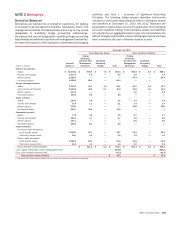 167
167 -
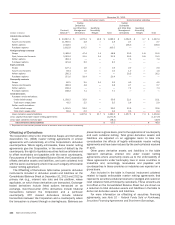 168
168 -
 169
169 -
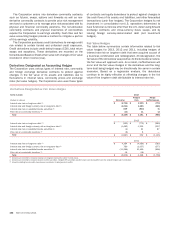 170
170 -
 171
171 -
 172
172 -
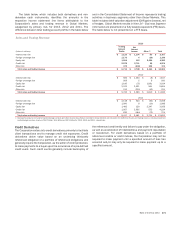 173
173 -
 174
174 -
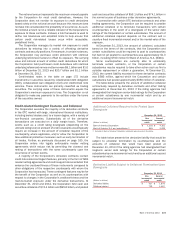 175
175 -
 176
176 -
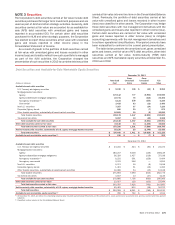 177
177 -
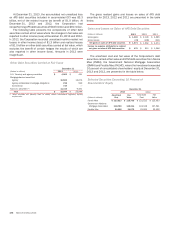 178
178 -
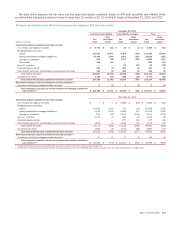 179
179 -
 180
180 -
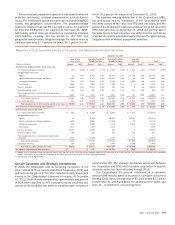 181
181 -
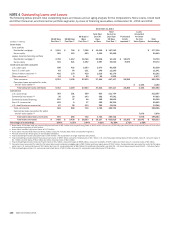 182
182 -
 183
183 -
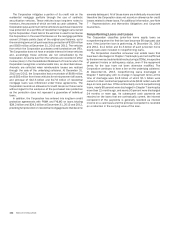 184
184 -
 185
185 -
 186
186 -
 187
187 -
 188
188 -
 189
189 -
 190
190 -
 191
191 -
 192
192 -
 193
193 -
 194
194 -
 195
195 -
 196
196 -
 197
197 -
 198
198 -
 199
199 -
 200
200 -
 201
201 -
 202
202 -
 203
203 -
 204
204 -
 205
205 -
 206
206 -
 207
207 -
 208
208 -
 209
209 -
 210
210 -
 211
211 -
 212
212 -
 213
213 -
 214
214 -
 215
215 -
 216
216 -
 217
217 -
 218
218 -
 219
219 -
 220
220 -
 221
221 -
 222
222 -
 223
223 -
 224
224 -
 225
225 -
 226
226 -
 227
227 -
 228
228 -
 229
229 -
 230
230 -
 231
231 -
 232
232 -
 233
233 -
 234
234 -
 235
235 -
 236
236 -
 237
237 -
 238
238 -
 239
239 -
 240
240 -
 241
241 -
 242
242 -
 243
243 -
 244
244 -
 245
245 -
 246
246 -
 247
247 -
 248
248 -
 249
249 -
 250
250 -
 251
251 -
 252
252 -
 253
253 -
 254
254 -
 255
255 -
 256
256 -
 257
257 -
 258
258 -
 259
259 -
 260
260 -
 261
261 -
 262
262 -
 263
263 -
 264
264 -
 265
265 -
 266
266 -
 267
267 -
 268
268 -
 269
269 -
 270
270 -
 271
271 -
 272
272 -
 273
273 -
 274
274 -
 275
275 -
 276
276 -
 277
277 -
 278
278 -
 279
279 -
 280
280 -
 281
281 -
 282
282 -
 283
283 -
 284
284
 |
 |

174 Bank of America 2013
Valuation Adjustments on Derivatives
The Corporation records credit risk valuation adjustments on
derivatives in order to properly reflect the credit quality of the
counterparties and its own credit quality. The Corporation
calculates valuation adjustments on derivatives based on a
modeled expected exposure that incorporates current market risk
factors. The exposure also takes into consideration credit
mitigants such as enforceable master netting agreements and
collateral. CDS spread data is used to estimate the default
probabilities and severities that are applied to the exposures.
Where no observable credit default data is available for
counterparties, the Corporation uses proxies and other market
data to estimate default probabilities and severity.
Valuation adjustments on derivatives are affected by changes
in market spreads, non-credit related market factors such as
interest rate and currency changes that affect the expected
exposure, and other factors like changes in collateral
arrangements and partial payments. Credit spreads and non-credit
factors can move independently. For example, for an interest rate
swap, changes in interest rates may increase the expected
exposure which would increase the counterparty credit valuation
adjustment (CVA). Independently, counterparty credit spreads may
tighten, which would result in an offsetting decrease to CVA.
The Corporation may enter into risk management activities to
offset market driven exposures. The Corporation often hedges the
counterparty spread risk in CVA with CDS and often hedges the
other market risks in both CVA and DVA primarily with currency and
interest rate swaps. Since the components of the valuation
adjustments on derivatives move independently and the
Corporation may not hedge all of the market driven exposures, the
effect of a hedge may increase the gross valuation adjustments
on derivatives or may result in a gross positive valuation
adjustment on derivatives becoming a negative adjustment (or the
reverse).
In 2013, the Corporation refined its methodology for calculating
CVA and DVA on a prospective basis, to adjust the way it values
mutual termination clauses in derivatives contracts and to more
fully incorporate the potential for the counterparties to default prior
to a change in their credit ratings. This change in estimate
increased CVA by $361 million and DVA by $433 million resulting
in a net positive earnings impact of $72 million at the time of the
change and is included in the results for 2013. The net CVA and
DVA excluding the impact of these refinements was a gain of $265
million and a loss of $508 million for 2013.
The table below presents CVA and DVA gains (losses), which
are recorded in trading account profits on a gross and net of hedge
basis.
Valuation Adjustments on Derivatives
2013 2012 2011
(Dollars in millions) Gross Net Gross Net Gross Net
Derivative assets (CVA) (1) $738 $(96)
$ 1,022 $ 291 $ (1,863) $ (606)
Derivative liabilities (DVA) (2) (39) (75) (2,212) (2,477) 1,385 1,000
(1) At December 31, 2013, 2012 and 2011, the cumulative CVA reduced the derivative assets balance by $1.6 billion, $2.4 billion and $2.8 billion, respectively.
(2) At December 31, 2013, 2012 and 2011, the cumulative DVA reduced the derivative liabilities balance by $803 million, $807 million and $2.4 billion, respectively.
